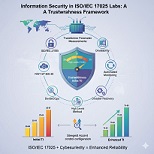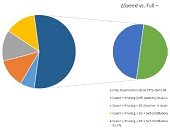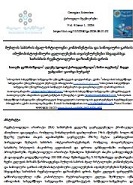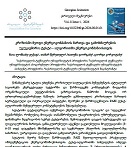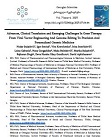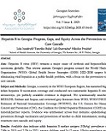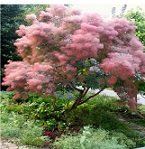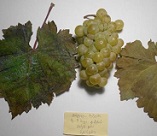Representation of political actors in humoristic discourse of media
Downloads
Recently, the contemporary political communication has been changed comparatively that considers new forms of means of its expression. The key target is still unchangeable – having an impact on political processes, - whether it is changing of one’s social opinion or of a mass mood or attitude. With the account of the above-mentioned, representation of political communication and political actors looks unbelievable without a straight linear process where media is the main mediator. Media became the major platform for obtaining of expanded auditoria belief for all politicians.
A kind of humoristic discourse has appeared on a new level of relations between media and politics, that, in its turn, proposed new methods necessary for representation of politicians. It became vivid that appearing of politicians in political talk shows was very interesting for viewers. Politicians deserve more positive responses that finally have an impact on their political image. Proceeding from this, politics is being expressed in all aspects of entertainment-humoristic talk shows contents; political humor became an integral part of media (Williams & Carpini, 2011).
A target of this article is to analyze a manner of representing of politicians in the humoristic discourse of media. Accordingly, to review the key methods applied for representation of a concrete politician and the way of formation of the politician’s image in the entertainment talk show.
For the determined target definite theoretic sources attached with examples are reviewed in this article where we can vividly observe that on top of humor politicians manage talking on political issues that is a carrier of a purposeful narrative.
Downloads
Matsaberidze, M (2015), Political communication. Tbilisi: University’s Publishing House.
Shubitidze V (2000). What can make a good image in the politics. Tbilisi: “Elphi”.
Aelst, V. P., Sheafer, T., & Stanyer, J. (2012). The personalization of mediated political communication: A review of concepts, operationalizations and key findings. Journalism. https://doi.org/10.1177/1464884911427802 (last seen on the: 31.01.24)
Danielson, M. (2020). Politicians as entertainers - a political performance of the personal. Journal of Media & Cultural Studies. https://doi.org/10.1080/10304312.2020.1793911 (last seen on the : 05.02.24)
Holbert, R. L. (2005 ). A Typology for the Study of Entertainment Television and Politics. American Behavioural Science . https://doi.org/10.1177/0002764205279419 (last seen on the: 02.02.24)
McKernan, B. (2011). Politics and Celebrity: A Sociological Understanding. Compass. https://doi.org/10.1111/j.1751-9020.2011.00359.x (last seen on the: 05.02.24)
Parkin, M. (2014). Routledge Studies in Global Information, Politics and Society: Talk Show Campaigns: Presidential Candidates on Daytime and Late Night Television. New York: Taylor & Francis.
Williams, B. A., & Carpini, M. X. (2011). After broadcast news: Media regimes, democracy, and the new information environment. New York.
Шепель, В. (1994). Имеджология: секреты личного обаяния. Москва
Почепцов, Г. Г. (2002). Имиджелогия. Москва: Рефл-бук, Москва.
Copyright (c) 2024 Georgian Scientists

This work is licensed under a Creative Commons Attribution-NonCommercial-NoDerivatives 4.0 International License.


























